Customer Relationship Management (CRM) is one of the most important tasks in any business activity. Managing the interaction with customers and maintaining a relationship with them is a crucial part of the success of any company. To achieve this, the sales and customer service team needs to access the necessary information quickly and accurately. This task requires the input and organization of information in an integrated system.
Therefore, Customer Relationship Management (CRM) software appears as an essential tool that helps to facilitate interaction with customers and to provide them with personalized service. It stores and analyzes information related to customers, including contact details, purchase history, invoice information, and more. CRM data can also be used to generate automatic reports and statistics that assist in making the right business decisions.
What is meant by the CRM system?
CRM is an acronym for Customer Relationship Management. It is a comprehensive technical system that helps companies manage information related to customers and their interactions with the company, including recording, storing, and analyzing data. This system assists companies in verifying inaccurate data entry, improving the quality of customer relationships, strengthening them in the long term, increasing sales, and transferring positivity to employees to achieve the ultimate goal of increasing company profits.
How does the Customer Relationship Management (CRM) system work?
The Customer Relationship Management (CRM) system takes a centralized form to gather data from each customer from various relevant departments within the company and from different sources, such as the company's website, social networks, and customer data and information entered through phone calls or email. This allows every employee to access and analyze all the information related to the customer, in order to develop more effective strategies in the business and promote collaboration between teams, avoiding duplicate efforts in communicating with customers by multiple employees within the same company, in order to maximize the benefits from existing and potential customer relationships.
What are the key features offered by Phenix systems in customer relationship management for different companies and industries?
Phenix systems help companies provide integrated and high-quality solutions to improve their processes and make them more effective and flexible. Here are some of the advantages offered by Phenix Systems in customer relationship management:
Firstly: Organizing information and data.
Customer relationship management provides a centralized system for storing customer data, which can be accessed by different departments within the company. This ensures that all employees have access to updated customer information such as names, addresses, contact numbers, and their transactional activities, which can help improve customer satisfaction and loyalty.
Secondly: Data automation.
Phenix Systems enable companies to automate marketing and sales processes in customer relationship management, helping to reduce manual tasks and increase accuracy and efficiency. This also enhances the companies' ability to focus on other areas of their operations.
Thirdly: Market segmentation or customer segmentation.
Market segmentation in customer relationship management allows focusing on the specific needs of each group and developing suitable strategies, improving the customer experience, and getting sufficient benefit from available resources based on several social, geographical, or behavioral factors.
Fourthly: Better financial management.
Phenix systems help manage customer payments and associated discounts, improve account management by identifying and displaying customer-specific information, as well as determining suitable payment terms for outstanding amounts, and identify appropriate discount levels to incentivize customers to purchase more goods and services and reduce losses quickly and efficiently.
Fifthly: The points system.
The points system is one of the main tools in Phenix systems for managing customer relationships. Customers earn additional points when they use the company's products, which can be directly or indirectly redeemed through a buy coupon. The use of points also helps attract new customers and increase spending among existing customers.
Sixth: Mobile devices.
Mobile devices, such as smartphones and tablets, are highly important in customer relationship management as they greatly contribute to expanding communication reach and improving CRM processes. Phenix systems provide necessary information to teams responsible for customer data through the use of Phenix Area Cloud storage systems. They can access real-time information with high accuracy from any geographic location, such as overdue invoices and unpaid invoices.
Seventh: Create reports.
Providing the ability to generate and analyze reports in a CRM system offers insights into customer behavior, trends, and preferences. This enables companies to understand their customers' overall tendencies and can plan and make data-driven decisions to enhance their sales and marketing strategies.
Eighth: Customization capabilities.
Phenix CRM systems provide the ability to customize data fields for companies that require innovation and improvement according to the size and nature of their business in managing their customer relationships. This allows them to meet their unique and specific needs and requirements in a unique and suitable way.
One of the advantages of Phenix CRM systems in customer relationship management is providing a comprehensive view through customer records and analysis. This enables companies to identify general market trends and determine future actions regarding products, marketing, and advertising. Additionally, companies can maintain close relationships with customers, achieve business goals, and improve sustainability and productivity.
How do you select the appropriate Customer Relationship Management (CRM) software for your business activity?
CRM software helps companies communicate with customers and achieve the primary goal of building strong, long-term customer relationships. By understanding the differences between the three main types of CRM (operational, analytical, and collaborative), the right choice can be determined to meet the company's needs.
Firstly: Operational Customer Relationship Management (CRM)
This type is considered one of the most important and widely used in our current time because it simplifies and facilitates the core business processes for companies. It includes marketing, sales, and services to reach customers, and is comprised of three main sub-components based on the type of operational tasks that the system automates to perform automatically. These tasks are:
-
Marketing Automation Systems
Marketing automation aims to find the best way to deliver products and communicate with customers. This includes creating potential customer lists, email marketing, social media advertising, campaign management, as well as live chats, and website monitoring.
-
Sales automation systems
Sales automation works by organizing information to help companies meet customer needs and increase sales more efficiently and effectively. It includes various CRM sales modules such as managing potential customers, managing contacts, and predicting sales.
-
Customer service systems
It is the point of contact between service teams and customers, where its functions cover many tasks including setting up inboxes that collect customer emails and coordinating live chats. In addition, it includes a knowledge base or FAQ pages as additional features.
Secondly: Analytical customer relationship management
Analytical customer relationship management provides features that help analyze large amounts of data to make it accessible and clear, such as data tables, contact lists, and email. This helps understand customer behavior patterns and preferences, enhancing company-customer relationships and improving the efficiency of sales and marketing departments.
Thirdly: Cooperative customer relationship management
Cooperative customer relationship management focuses on improving the customer experience by providing comprehensive and simplified information about all customer contacts, including communications and recent engagement history, to all teams within the organization. This enhances collaboration and efficiency even among remote marketing teams, enabling tracking and sharing of customer data to maintain a seamless multi-channel customer experience during daily operations, which consists of two key components.
-
Interaction management:
Interaction management tracks points of contact between the company and its customers through various communication channels. It helps the company's interaction management synchronize customer data in every exchange to ensure there is no excessive communication with customers, reduce face-to-face meetings, and minimize errors and repetition.
-
Communication channel management:
The management of the collected data from interaction management is used to help determine the best communication channel to use for each customer.
The best 7 tips that companies can follow to ensure customer data security when using a CRM system.
Companies can ensure customer data security when using a Customer Relationship Management (CRM) system by implementing some good security practices that protect customer data from unauthorized access. Here are some important guidelines that companies should follow:
- Data Encryption: Data should be encrypted so that it becomes an unintelligible language for people who do not have the encryption key, and encrypted software can be used to maintain data confidentiality and security.
- Data Access Levels: Data access levels should be defined, and each user should be granted permission to access only the necessary data for their tasks.
- Backup Procedures: Regular backups of data should be performed to avoid data loss in the event of an unexpected technical failure.
- Updating Security System: The security system should be updated regularly and activated to protect against viruses, spyware, and other malicious software. Most programs also provide real-time scanning capabilities to prevent intrusion attempts as soon as they occur and have malware detection capabilities.
- Employee Training on Best Security Practices: Regular training courses should be conducted for employees on security topics such as password management, awareness of hacking risks, and how to deal with them.
- Using Security Tools: Additional security tools should be used to enhance the security of the CRM system, such as firewalls and intrusion detection tools.
- Cloud Storage Services: Secure and reliable cloud storage services should be used to store data online and protect it from unauthorized access.
If these security guidelines are followed, companies can ensure the security of customer data when using a Customer Relationship Management (CRM) system.
How to measure the success of your Customer Relationship Management systems.
Measuring the success of Customer Relationship Management (CRM) systems is crucial to assessing the effectiveness and efficiency of the system in achieving its set goals. Here are some ways through which you can measure the success of your CRM system:
- Measure customer satisfaction with the services provided by the company and how well they meet customer needs. Customers are the ones who drive the fundamental requirements for the continued success of the company. Implementing a CRM system to determine whether this system achieves a high return on investment
- A CRM system can be used to analyze and evaluate sales rates and conversions and identify products or services with a high response rate from customers. It can also help identify factors that contribute to completing a transaction.
- Measuring the success of a CRM system requires analyzing financial data, such as analyzing system operating costs and comparing cost savings in the CRM system to previous systems.
- Evaluating the return on investment using the company's financial performance associated with the implementation of a CRM system to determine whether this system achieves a high return on investment or not.
- Tracking user activity can be done to determine if they are following different programs and solutions, and analyzing employees can be done to find priority in best practices and continuous learning.
How can future developments be incorporated into CRM programs to meet the needs of companies in the coming years?
CRM systems are heading towards continuous development to meet the needs of companies in the upcoming years. Below are some key trends:
-
Self-service automation focus
Companies will put more emphasis on providing customers with self-service automation, which will work to improve and enhance the automation of routine activities for the customer.
-
Artificial Intelligence (AI)
The use of Artificial Intelligence (AI) in CRM systems is expected to continue to evolve, resulting in increased efficiency for businesses. AI can also be used to deliver information directly to customers and play an additional role in analyzing data and directing customers to the services they need based on available records.
-
The shift from CRM to CXM (Customer Experience Management
The term Customer Experience Management (CXM) has emerged as an evolution of CRM, with a focus on improving the interaction between the customer and the company at every touchpoint. CXM aims to guide the entire process of service delivery towards a complete customer connection and provide a distinctive experience through the use of technology and processes that offer customers an easy and sophisticated experience.
-
The focus is on the connection between CRM and digital marketing.
In the future, companies need to integrate CRM systems with digital marketing without the need for paper-based tools. Some advantages enable companies to benefit from the digital version of all their activities and gather data from various sources. This allows for targeted advertisements to be directed towards the appropriate customers based on shared interests, where the advertisements hold value, and the company reaps positive results from the significant customer engagement in their activities.
-
Offline customer service
Offline customer service systems will become more prevalent in the future, with the availability of multiple contact options and other technologies to provide better service and enhance the customer experience.
In summary, the future calls for more advanced services with the use of technology in CRM, where the customer experience is enhanced and their satisfaction is increased. Additionally, it improves sales effectiveness and builds long-term customer relationships.
In conclusion:
Customer Relationship Management (CRM) is a critical factor in the success of companies. Therefore, companies should use a suitable CRM system to meet their unique needs and improve the customer experience. A good CRM system helps improve service quality, increase customer satisfaction, and ultimately lead to higher sales and revenue.
There is no perfect and one-size-fits-all CRM system for all companies. However, companies should choose a system that aligns with their business needs and provides flexibility and integration with other software and systems being used.
Ultimately, we believe that a good CRM system can bring numerous benefits to both the company and customers alike. It can make the process of managing customer relationships easier, more efficient, and more successful.

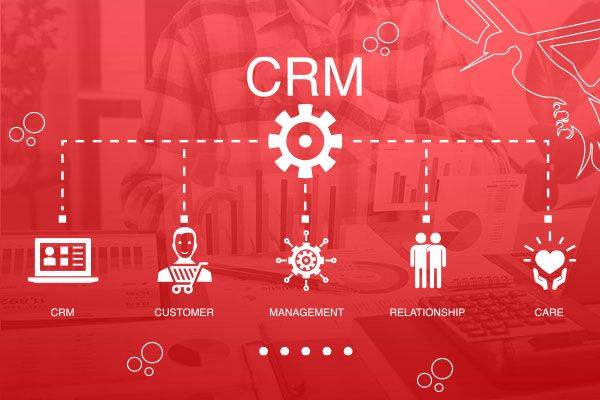
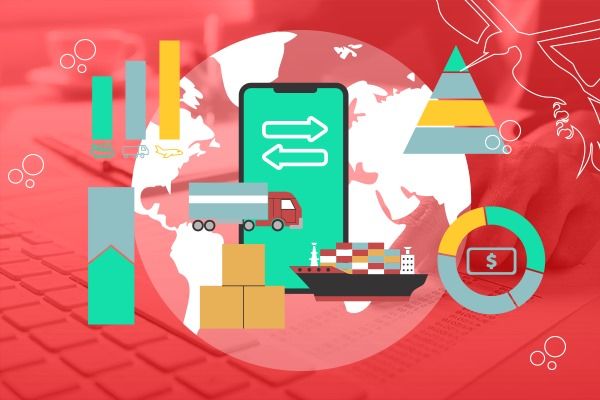
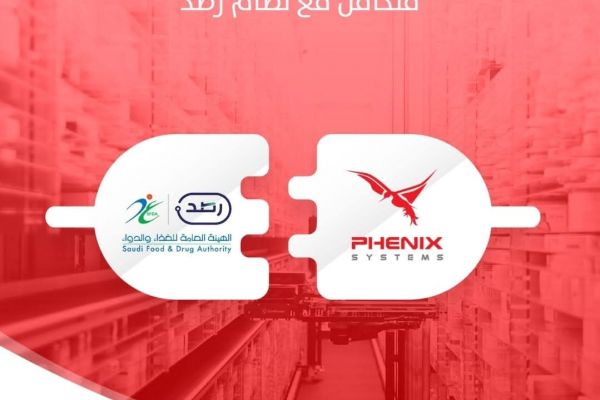
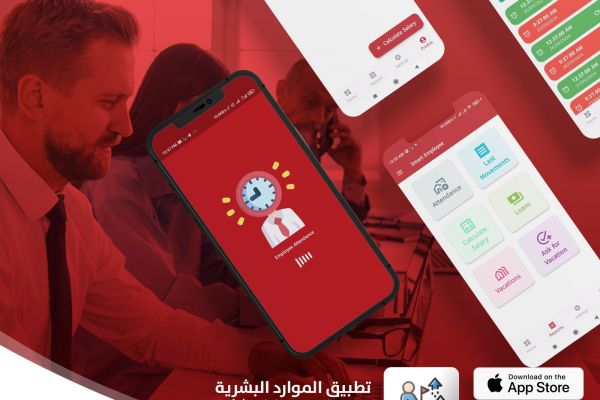
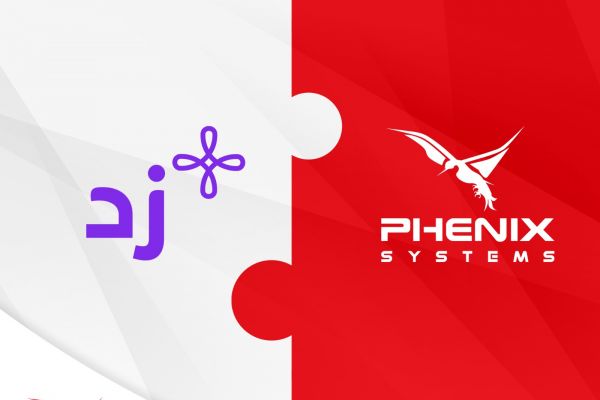

Comments (0)